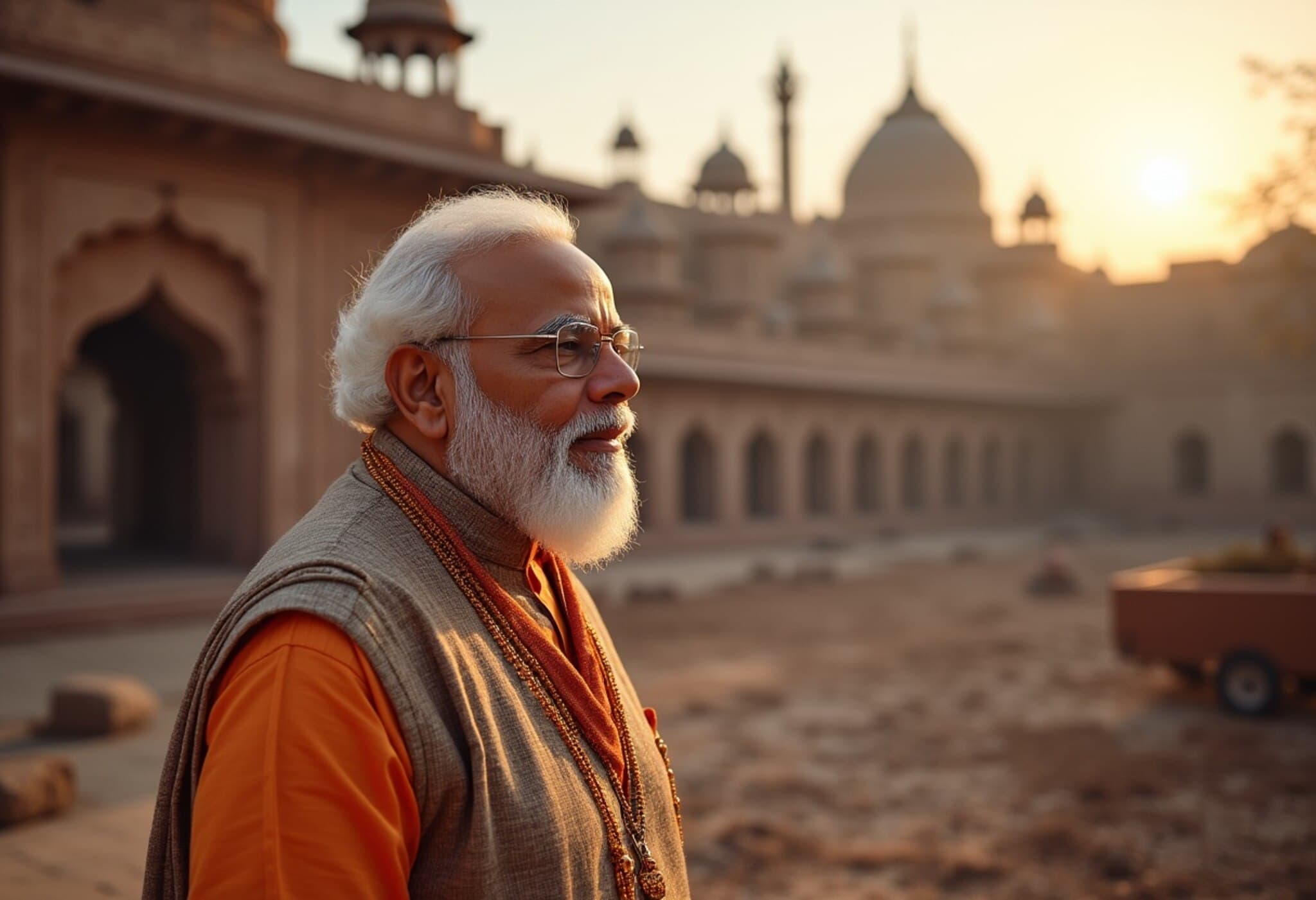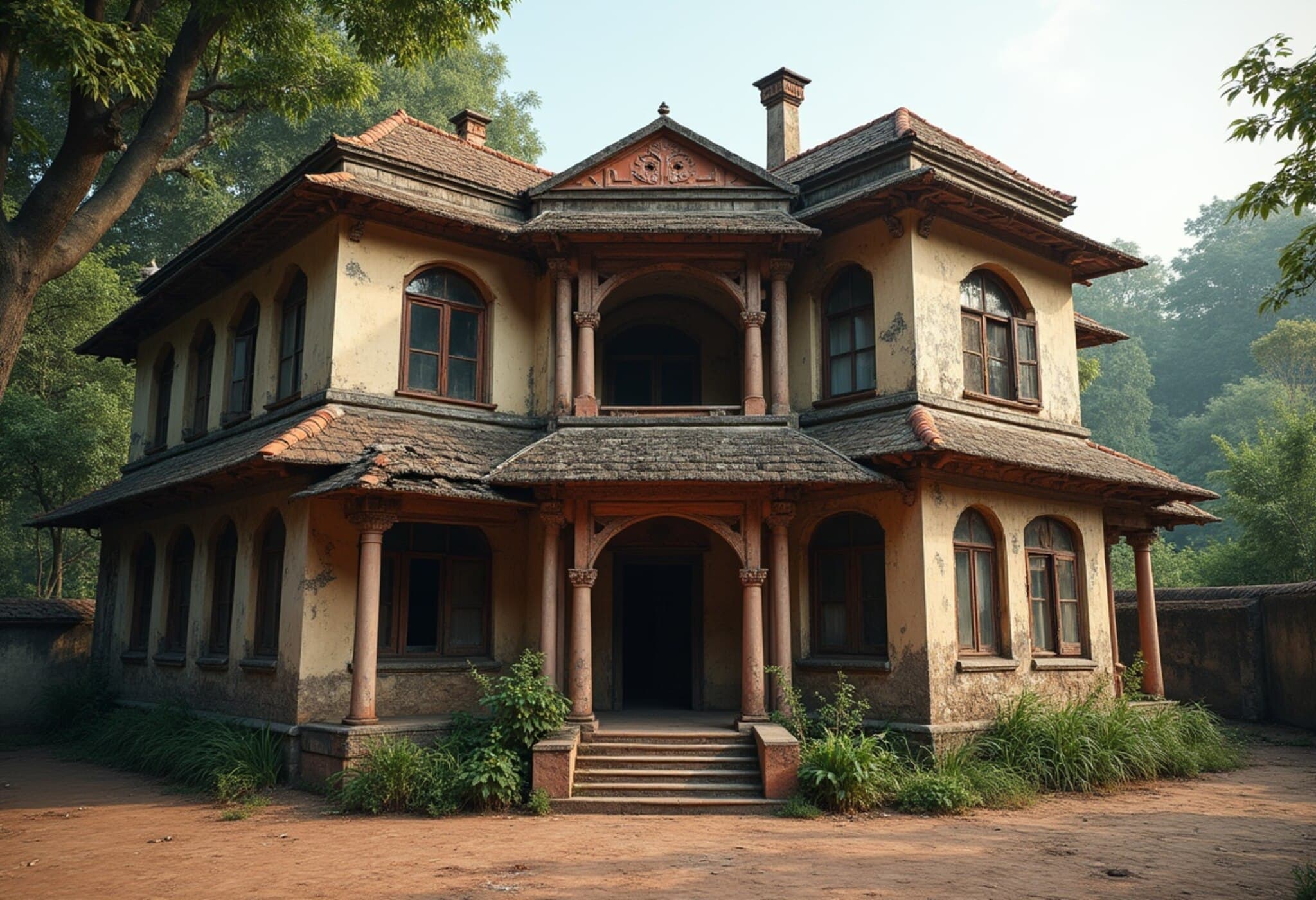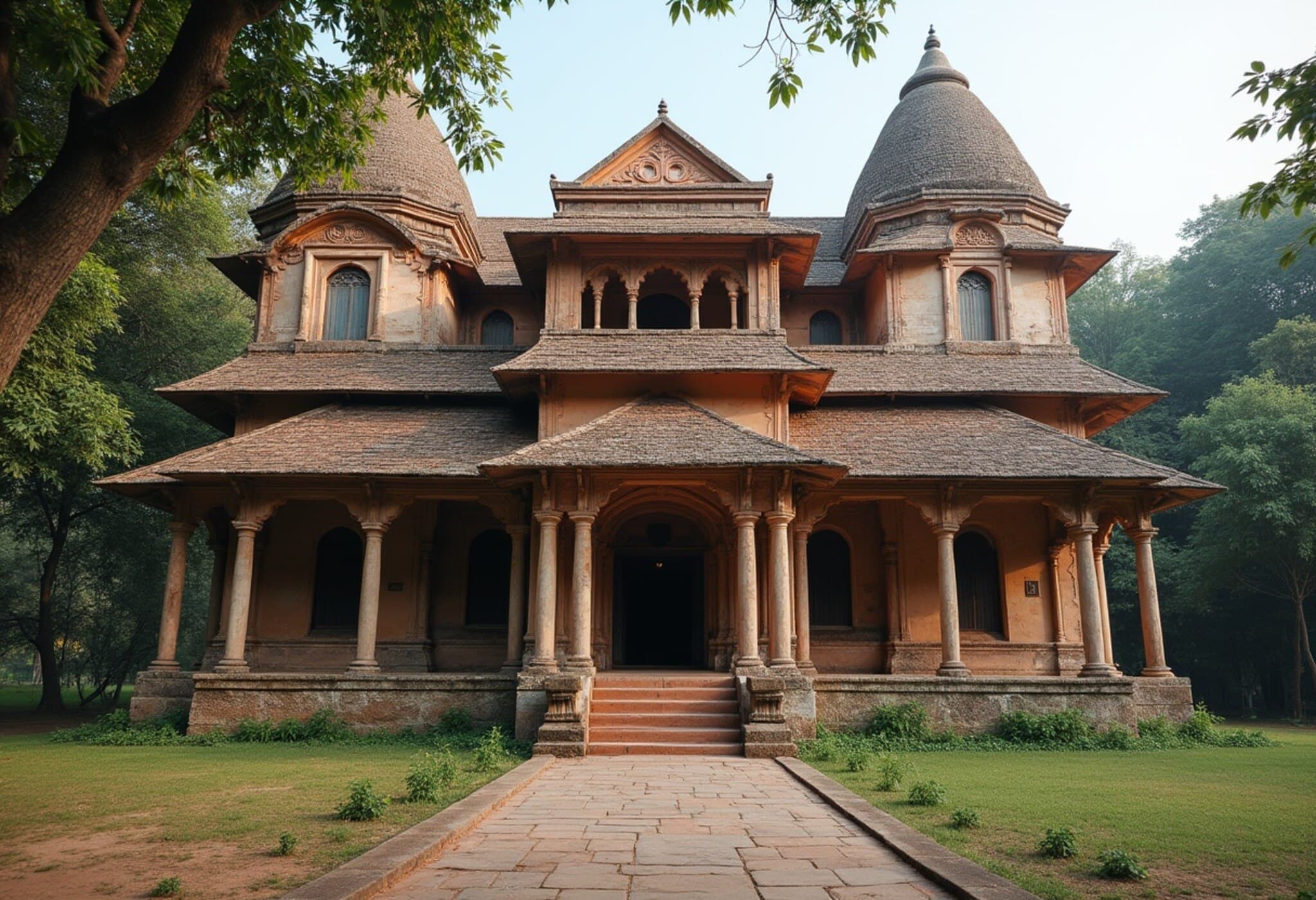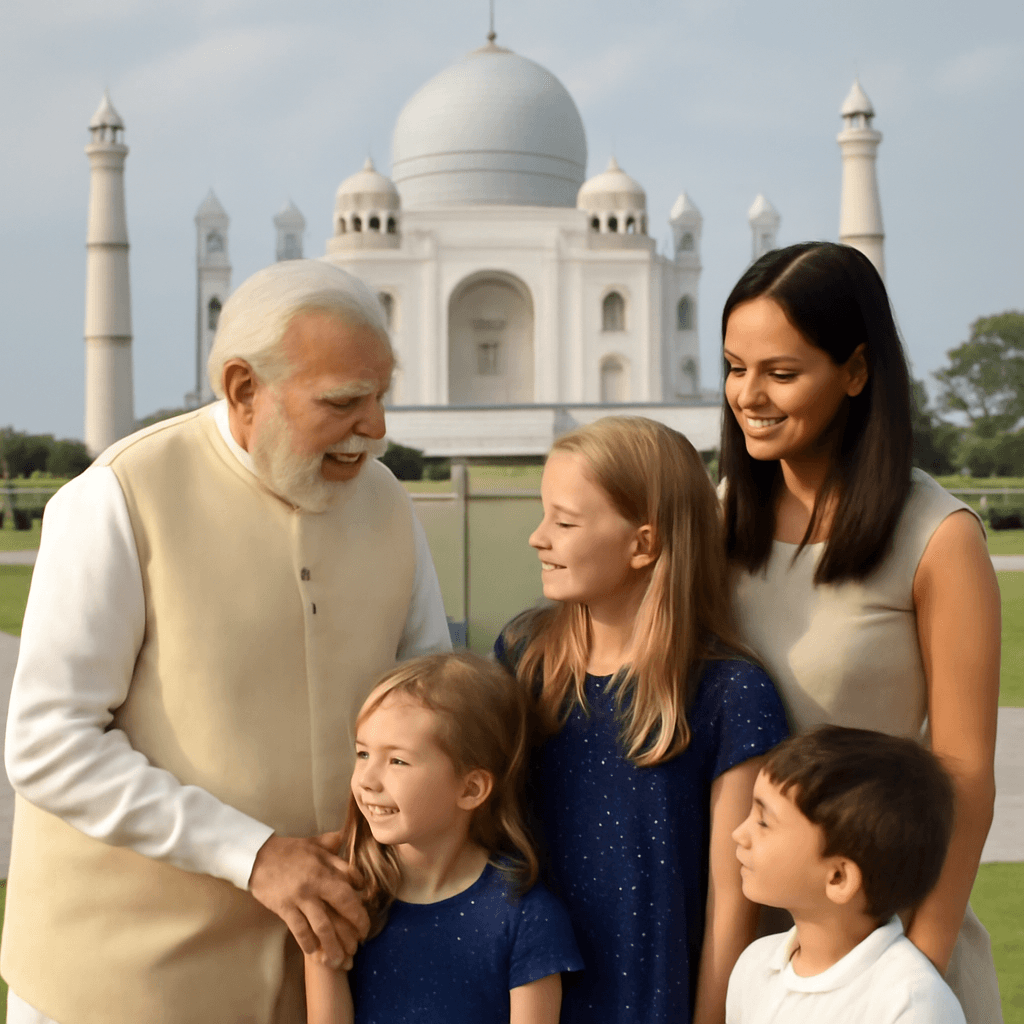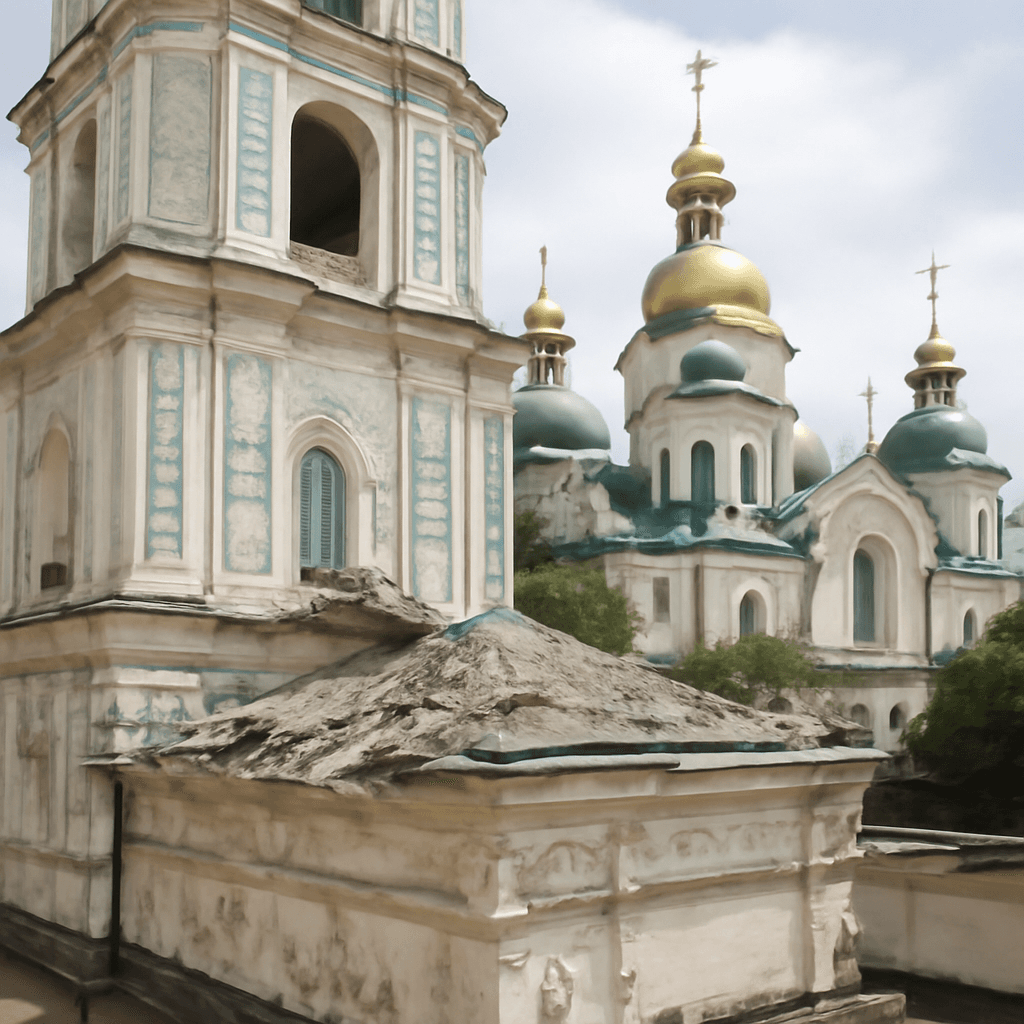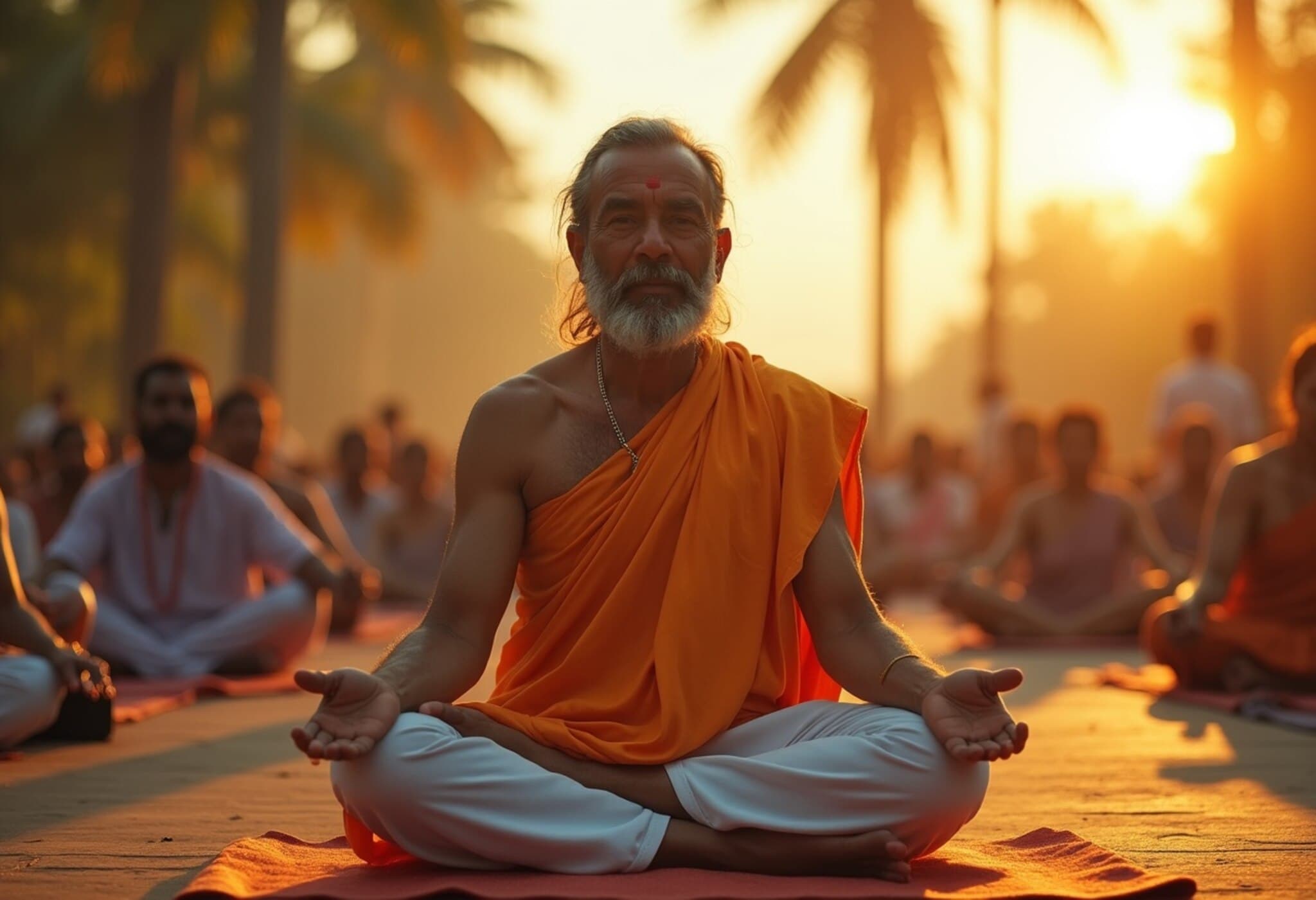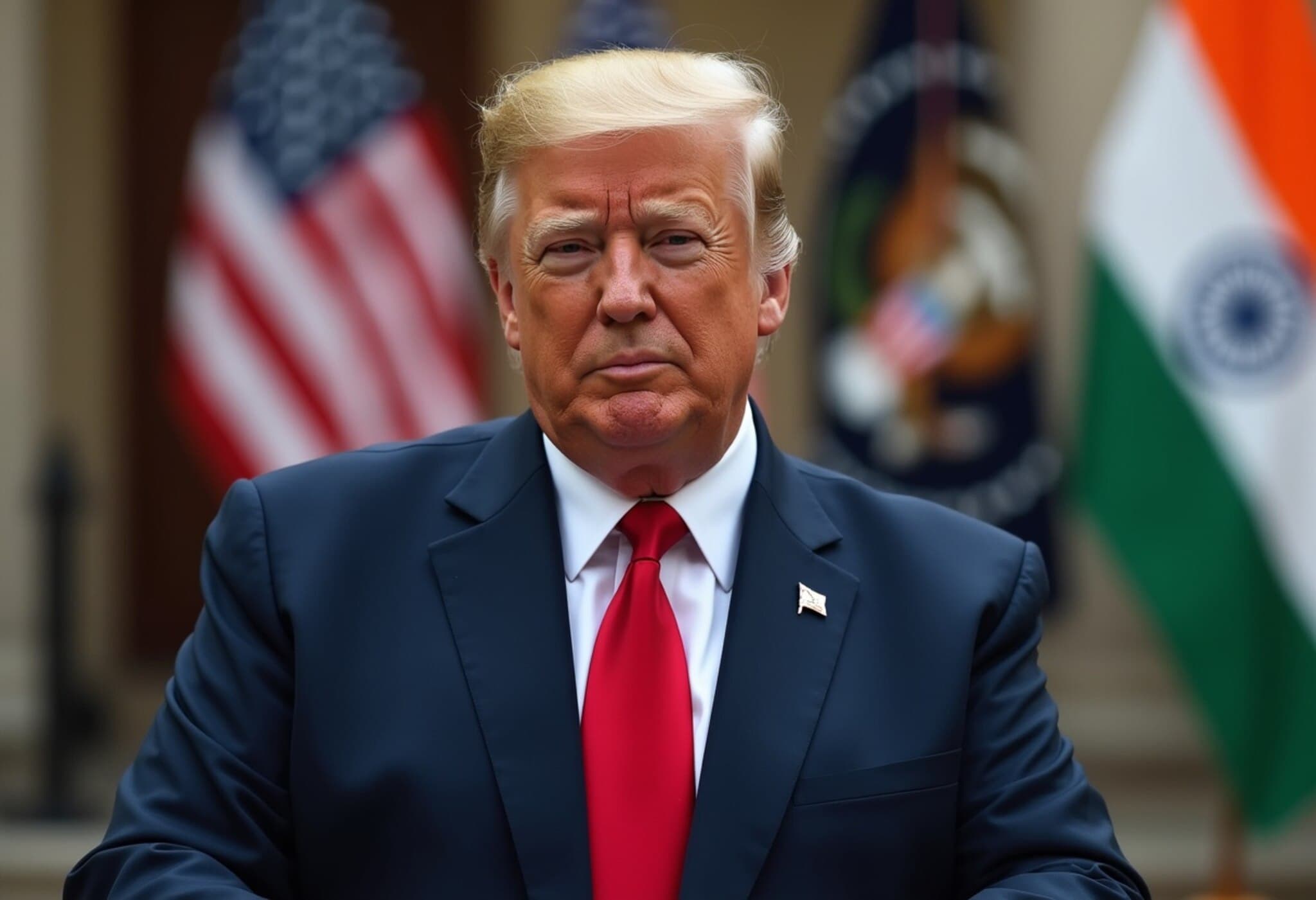India Celebrates Recognition of Maratha Military Forts as UNESCO World Heritage Sites
In a moment of national pride, Prime Minister Narendra Modi on July 12, 2025, warmly welcomed the inclusion of the Maratha Military Landscapes—a collective of 12 historic forts associated with the legendary Chhatrapati Shivaji Maharaj—into the prestigious UNESCO World Heritage List. This landmark recognition, announced during the 47th session of the World Heritage Committee in Paris, marks India’s 44th cultural property to gain this esteemed status.
The Significance of Maratha Military Landscapes
These military landscapes comprise 12 architecturally and historically significant forts, primarily located in Maharashtra, including iconic sites such as Raigad, Rajgad, Sindhudurg, Shivneri, and Lohgad. Notably, Gingee Fort in Tamil Nadu also forms part of this collection, underlining the broad geographical and cultural span of the Maratha legacy.
- Salher Fort
- Shivneri Fort
- Lohgad Fort
- Khanderi Fort
- Raigad Fort
- Rajgad Fort
- Pratapgad Fort
- Suvarnadurg Fort
- Panhala Fort
- Vijay Durg Fort
- Sindhudurg Fort
- Gingee Fort (Tamil Nadu)
These forts are a living testament to the military ingenuity, administrative brilliance, and cultural resilience of the Maratha Empire. They embody not just conquest and defense but also the ethos of good governance, social welfare, and an unwavering stand against injustice—values that continue to inspire millions across India today.
Leaders Celebrate a Historic Moment
Prime Minister Modi expressed heartfelt joy and urged citizens to visit these forts to connect with India’s rich heritage:
“Every Indian has rejoiced with this honor. The Maratha Empire is synonymous with strong governance, military prowess, and cultural pride. Their brave spirit and insistence on justice inspire us all.”
Maharashtra Deputy Chief Minister Devendra Fadnavis also hailed this recognition as a “proud and glorious moment” for the state and the nation. Fadnavis highlighted the collaborative governmental efforts instrumental in this achievement, acknowledging the Central Government, the Archaeological Survey of India, Ministry of Culture, and dedicated officials who worked tirelessly, including making diplomatic engagements and technical presentations at UNESCO.
Deputy Chief Minister Ajit Pawar underscored the global significance of this recognition, stating that these forts shine as enduring symbols of valor, sacrifice, and visionary leadership of Chhatrapati Shivaji Maharaj and his warriors, now heralded worldwide.
Why This Recognition Matters
UNESCO’s decision does more than just honor ancient structures; it places the Maratha Military Landscapes on a global platform, inviting preservation efforts, tourism, and scholarly attention. In a broader context, it celebrates India’s diverse architectural traditions and regional identities, enriching the global narrative on cultural heritage.
From a policy perspective, this designation can catalyze economic development through sustainable tourism, generate employment in local communities, and reinforce cultural education among younger generations. It also signals a growing international acknowledgment of India’s pluralistic and historical depth.
Editor’s Note
The UNESCO inscription of the Maratha forts offers more than symbolic pride; it invites reflection on how heritage preservation intersects with present-day governance, tourism, and cultural identity. As India embraces this accolade, critical questions emerge: How will the government balance tourism growth with conservation? What role can local communities play in protecting these sites? How can education about Shivaji Maharaj’s inclusive governance legacy inform contemporary leadership?
This moment is an opportunity to deepen historical appreciation while driving sustainable cultural and economic policies that honor India’s richly layered past and vibrant future.

